Transit
Zed Stories India
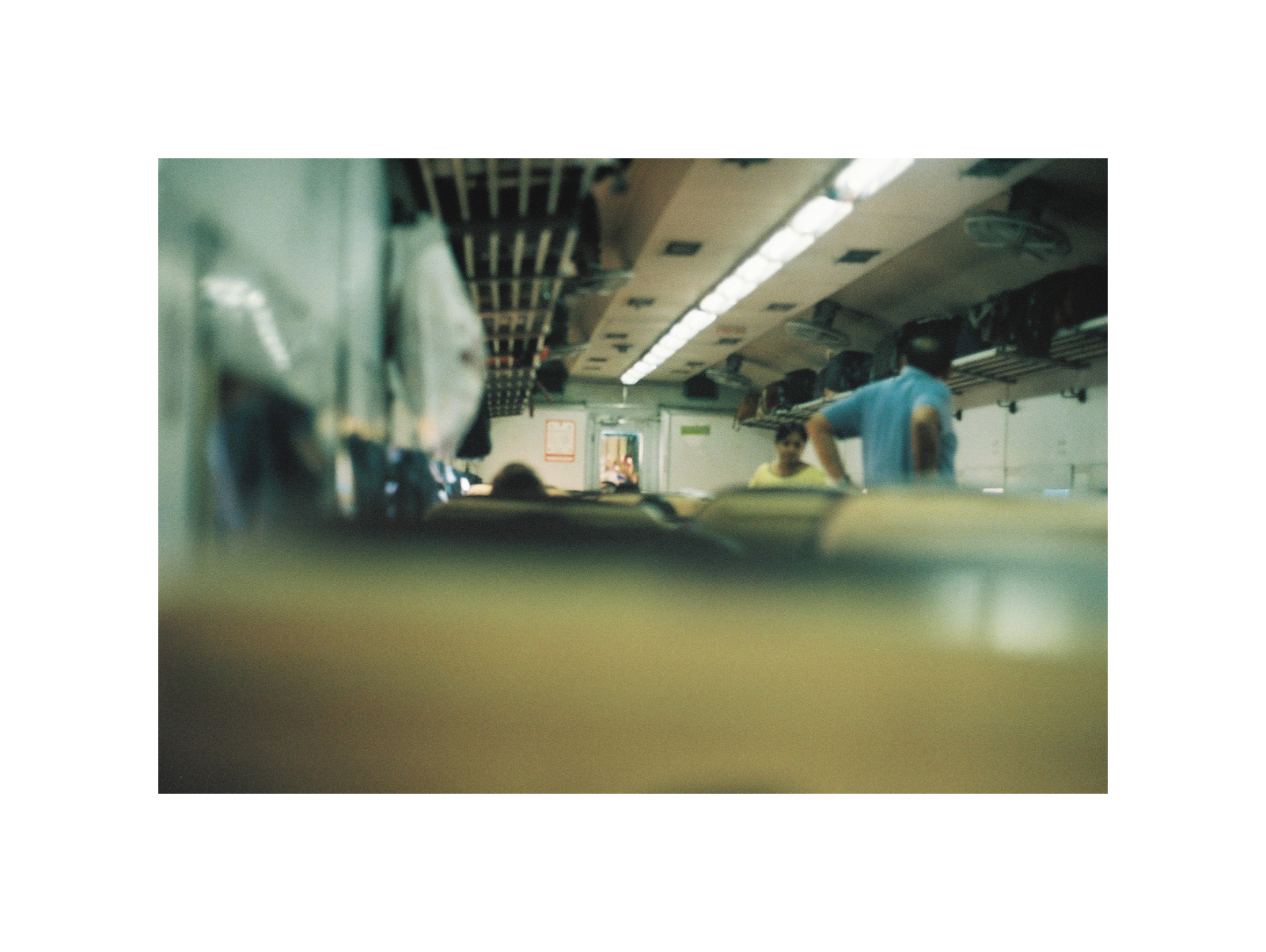
I spent 2 years teaching my students about the paradox of transit. Consider the train. Or the bus, or the car. The bus I take on my morning commute is never the same bus, or if it is the same, I never notice because they all look the same. I am stationary on the bus — seated thigh to thigh with the next man or woman or child, or standing with an arm dangling from the plastic grip of one of those things that hang from the frame of the bus for some like us who do not hanker for the security of a standing pole but opt to swing free grounded by our own two feet.
The paradox is this: you spend 20 minutes, 40, an hour, perhaps almost a tenth of your waking hours on a thing that moves but yet you stand still on. How can you be in one place for so long, while passing through so many others?
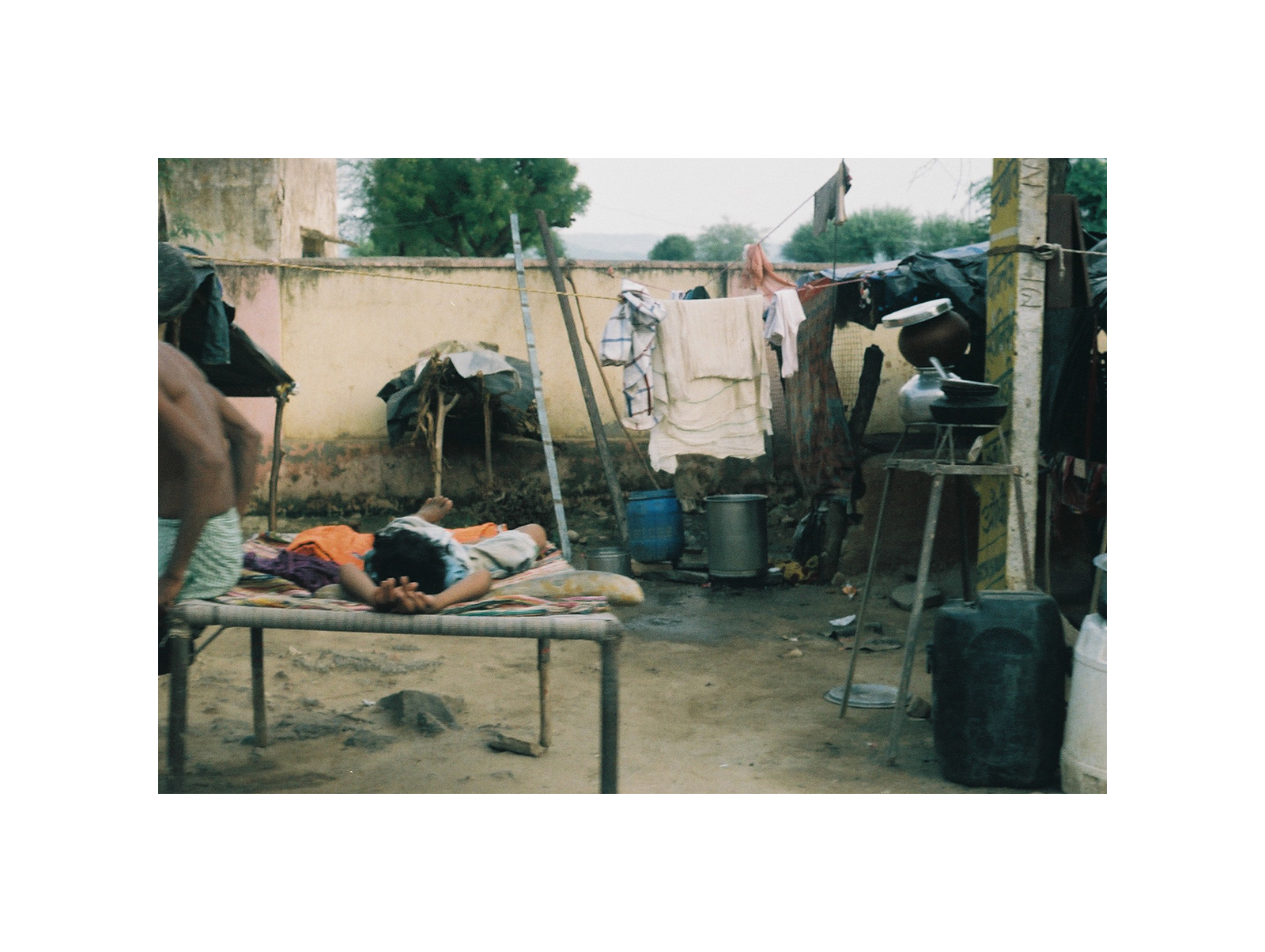
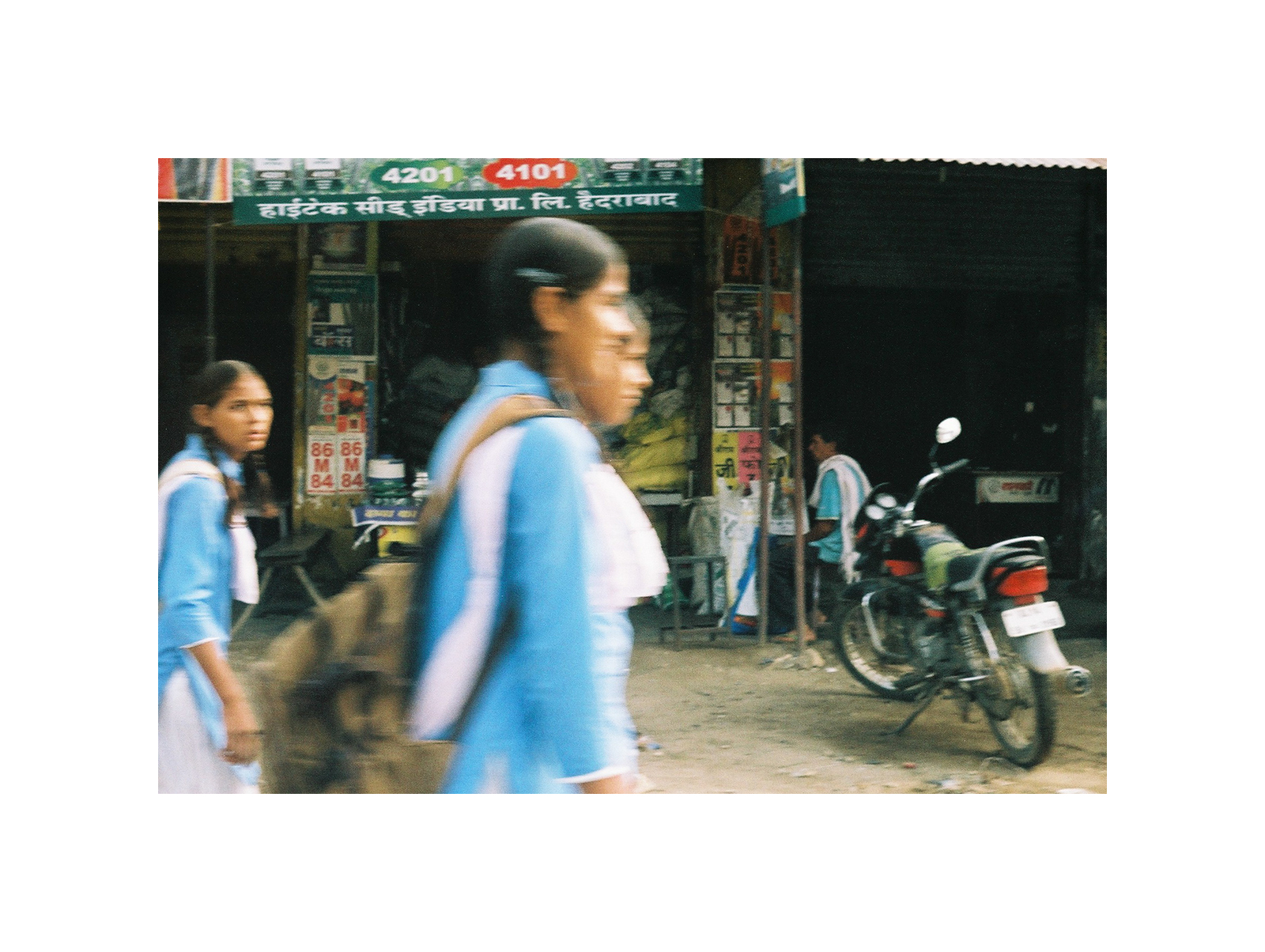
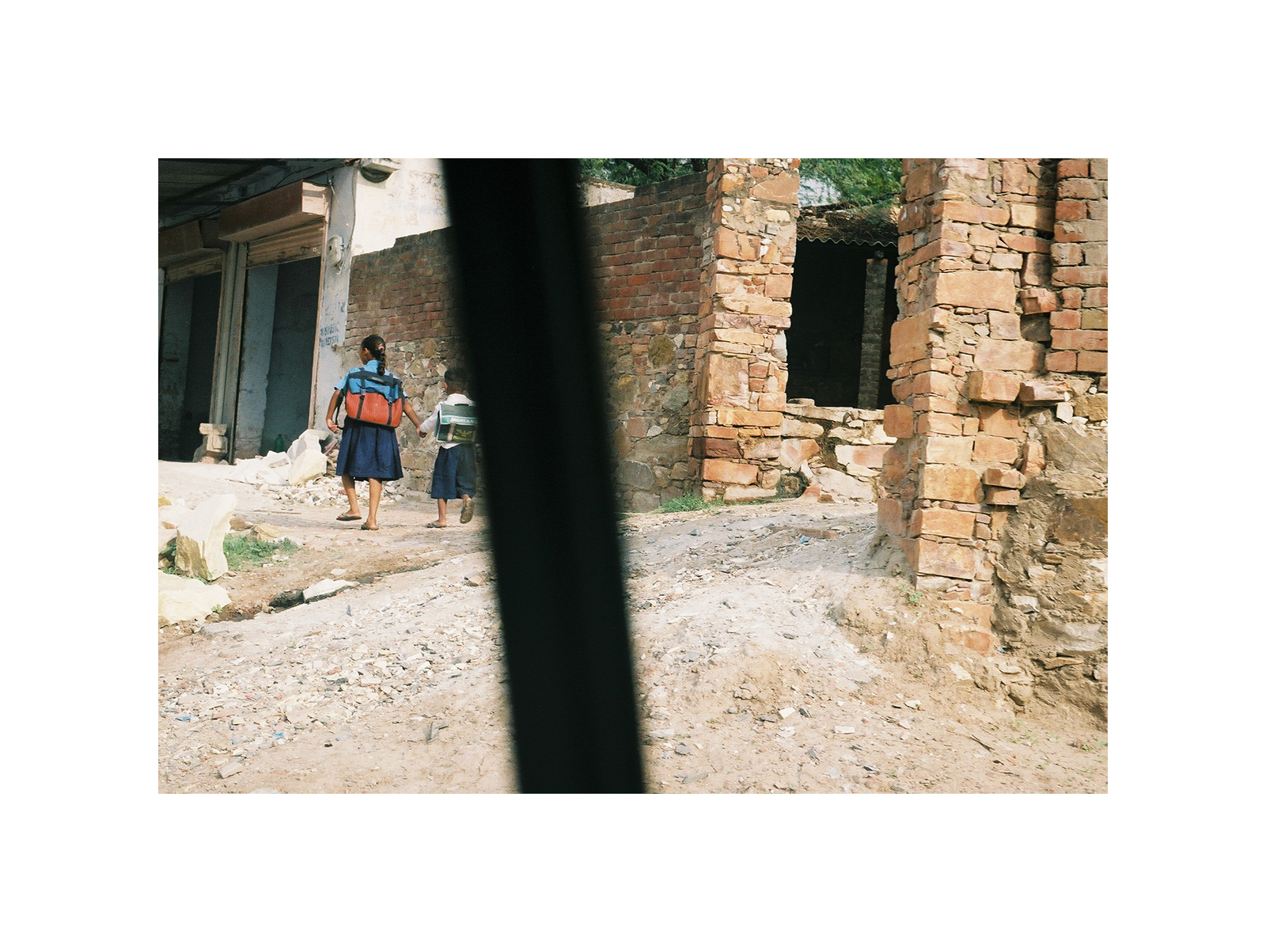
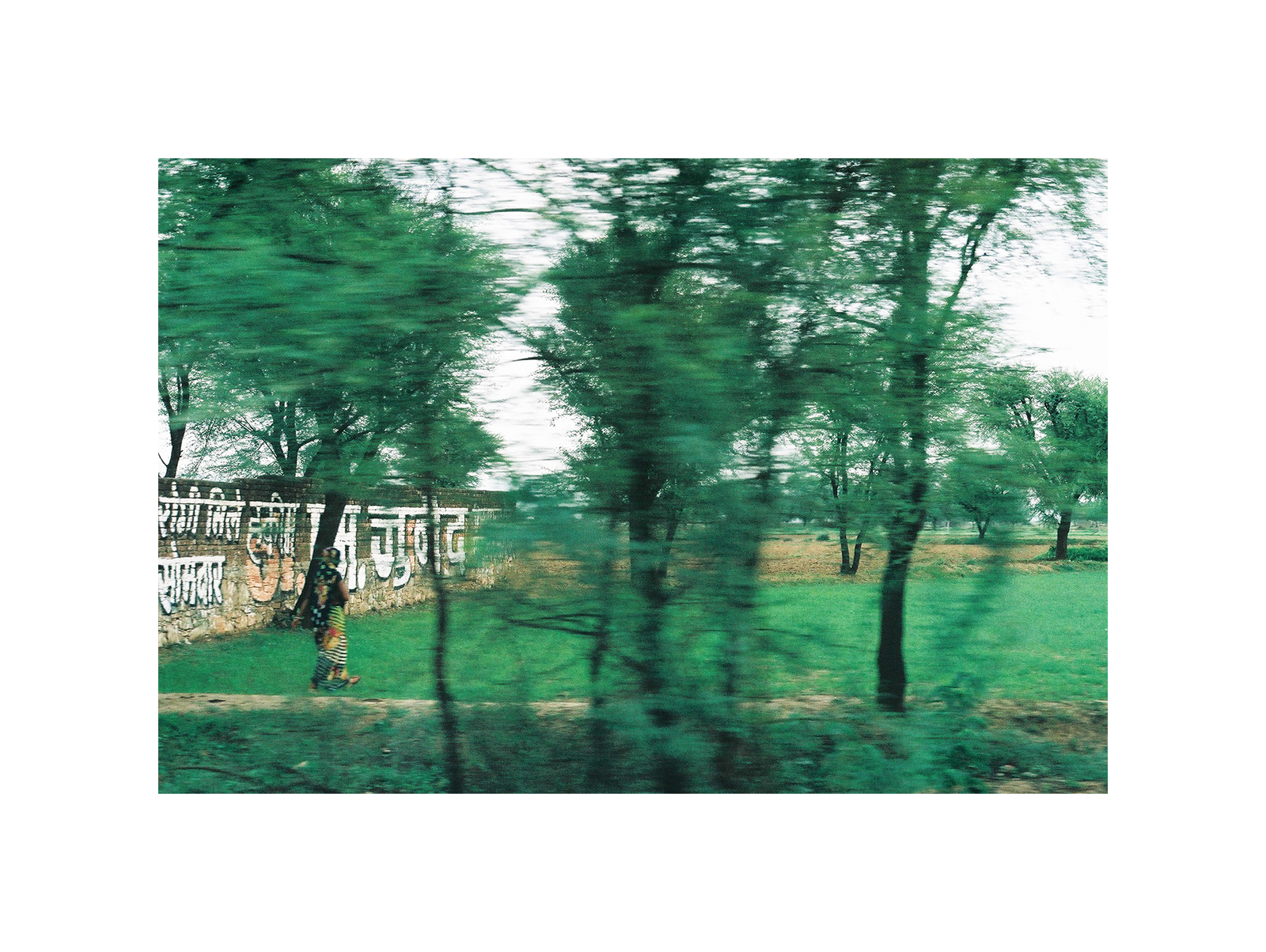
Someone tells a joke about walking from Singapore to London. I do not wait for the punchline, which is inevitably a variant of the question of how does a passenger on a train not get thrown backward when he or she jumps.
The thing about paradoxes is that they are only paradoxes because of the way that the question is asked. Zeno’s arrow never moves as long as you keep asking: “What is the moment? What is a moment?” If we keep asking, “Where are you going?” Then the answer will always have to be about where one is going, where one is going to go, or where one does not go. Asking “where” when considering transit is the same as asking “when” in the act of waiting, for the “where” does not matter in transit itself just as the “when” does not matter in the waiting in itself (“Where am I?” “I am on the bus.” “When are you waiting?” “I am waiting now.”)
So perhaps we are thinking about this wrongly. If my “where” does not matter when I am in a transitional space — in an Augéan non-place — then the question of my situatedness in the world is not a question of typical topology but that of something else.
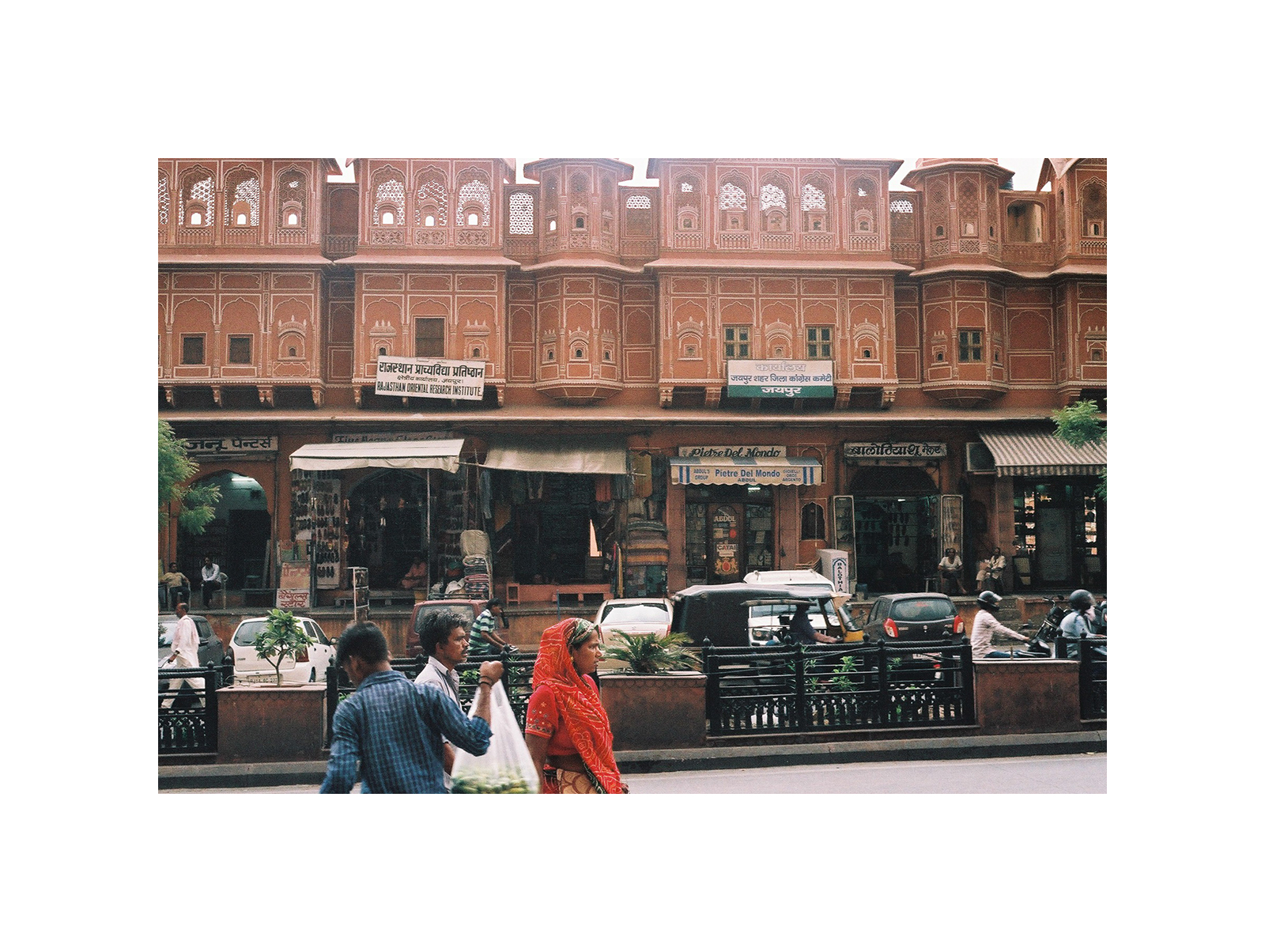
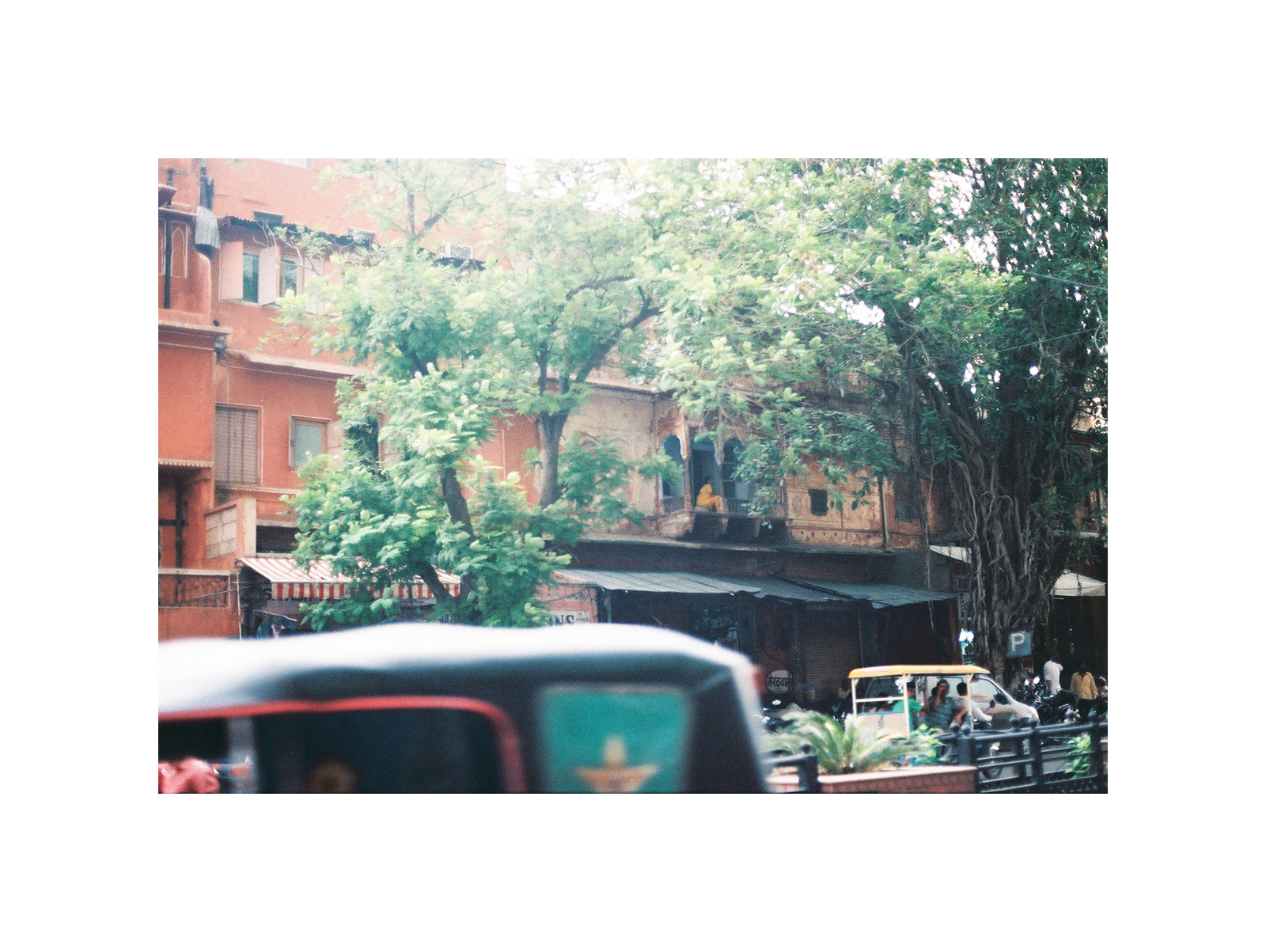
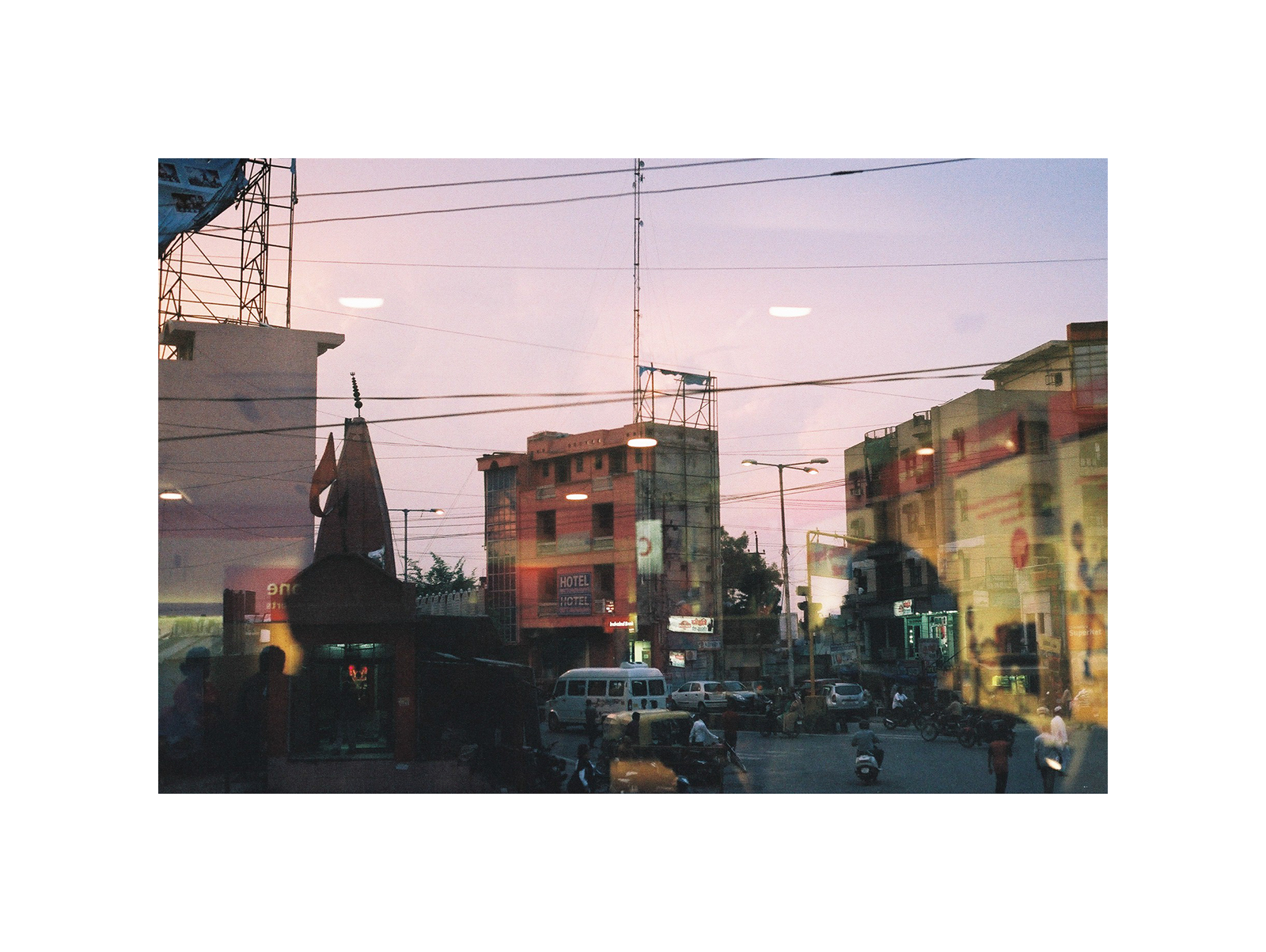
If I am forever in transit, then what is my topology? Bachelard quotes somebody who says, “We bring our lares with us.” Moriyama is the quintessential wanderer who never leaves the city. He explains, “I am creating my own home by connecting pieces of images from my imagination and things I saw as a child. That’s how I feel about my work.” If I am on a train and I take a picture with my camera, how fast does the image travel? I don’t know. But I know that the image is always ahead of me, because I have to wait to see it. In a sense, I am always catching up with the image, carrying its vessel (a chip, stick of circuits encased in plastic, a film canister) that does not carry it itself, but a list of instructions to get to it (import to photo-editing software; send it to the store; slip it in the development tank). The image is always already waiting, while I take my time.
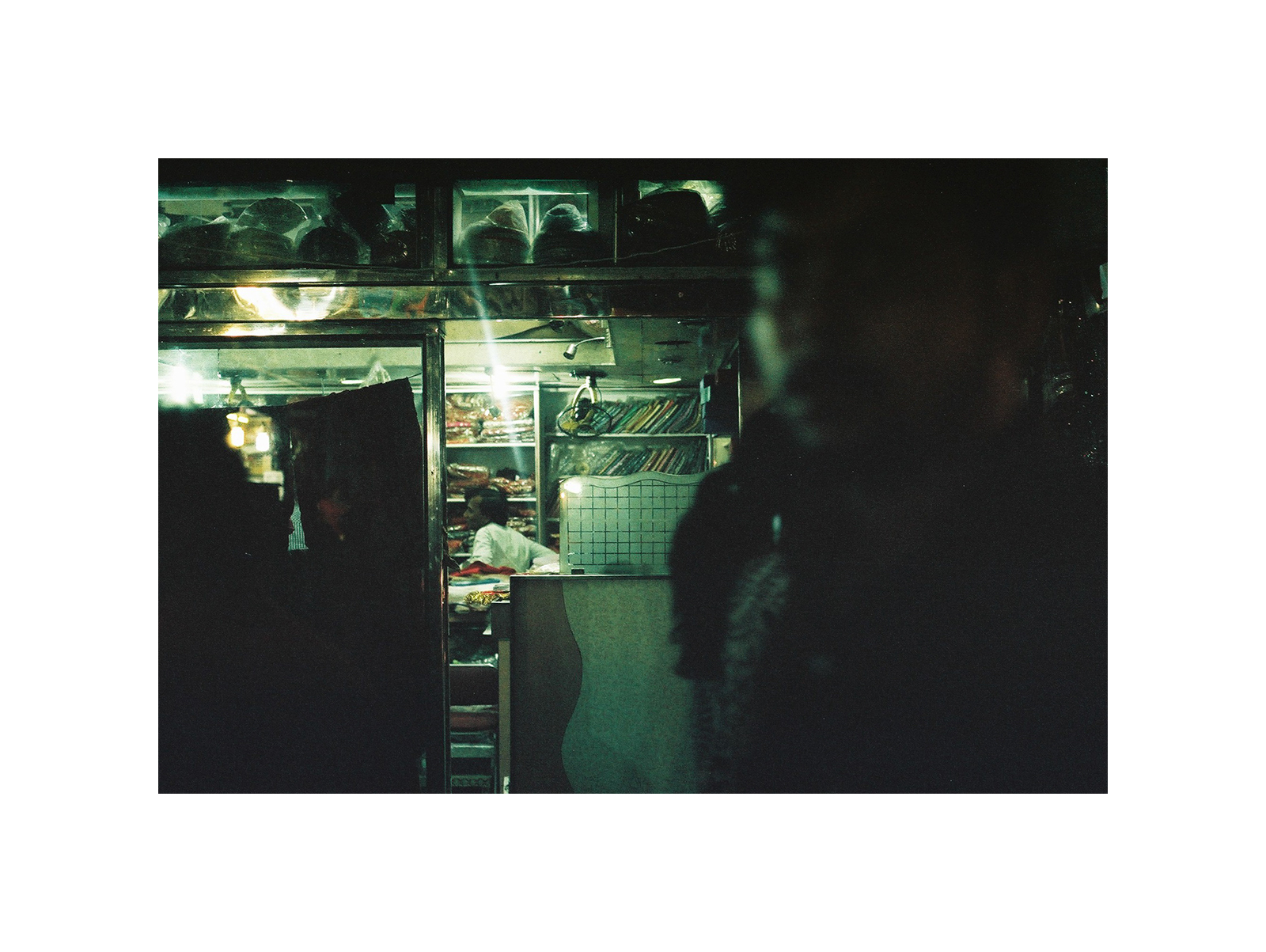
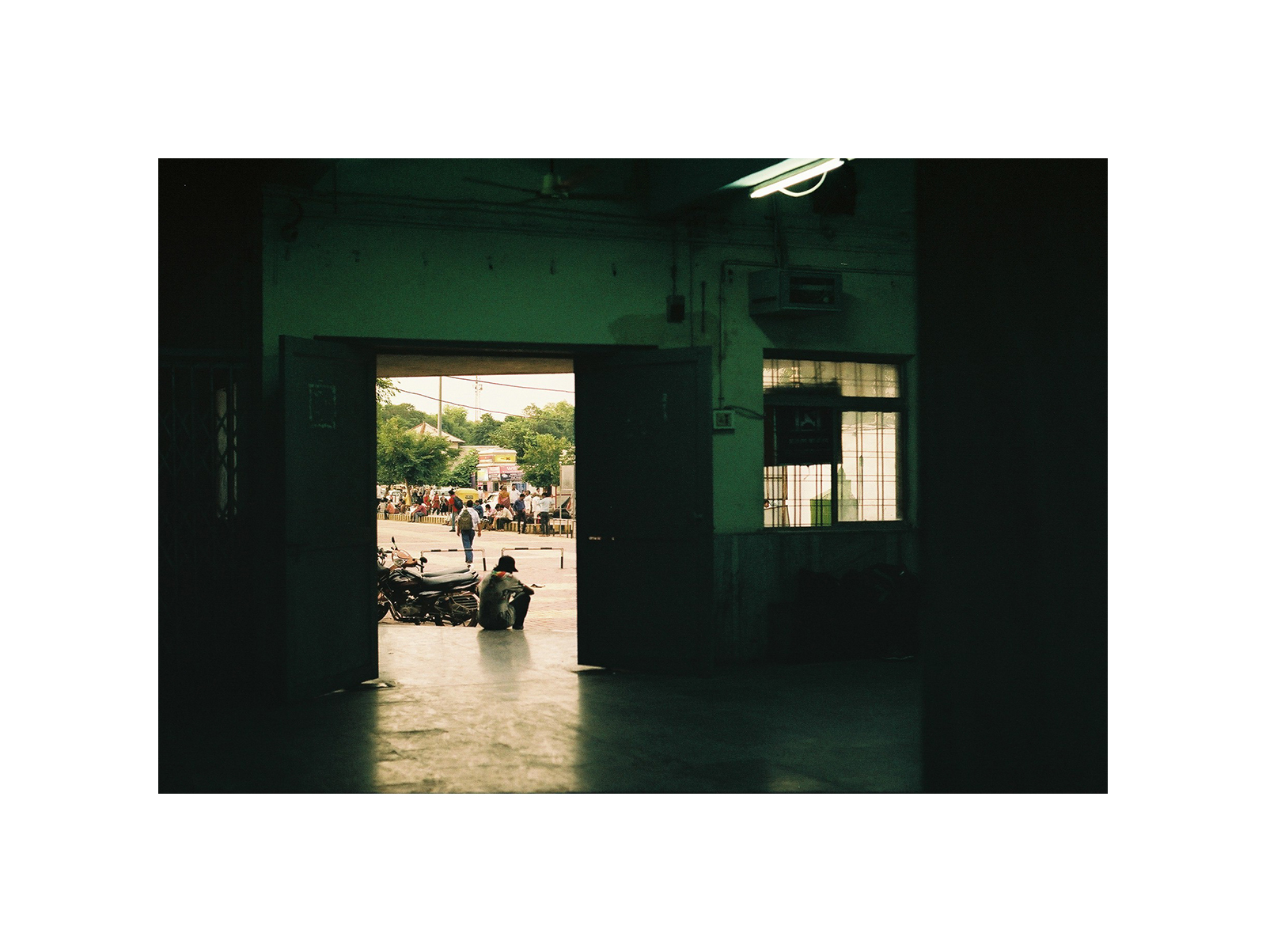
How does one transit? Trans-itional, a crossing of boundaries, involves destination and origin. If we bring our lares with us, then we never really leave the place that we seem to leave. And if we move, are always in motion, always trying to get to a place, and then to another, to another, another, then does not this perpetual motion mean that we never arrive?
I don’t know. I am sitting on a bus, a car, or a train taking pictures, wondering if I have been in one place for too long or have been too long passing through too many places.